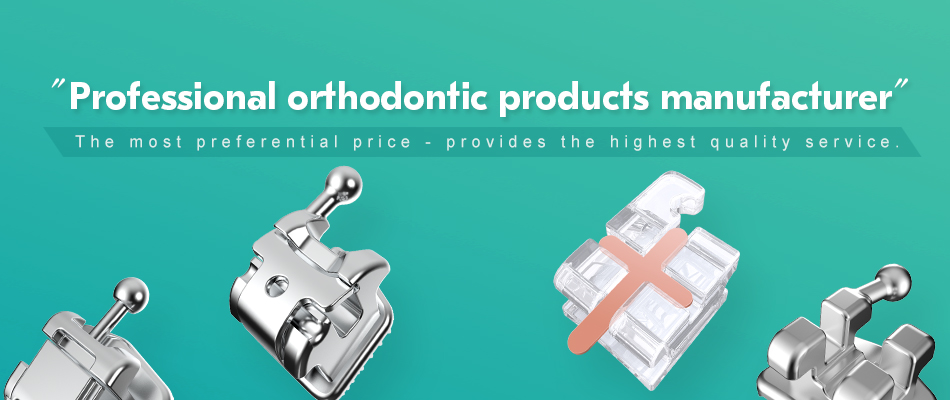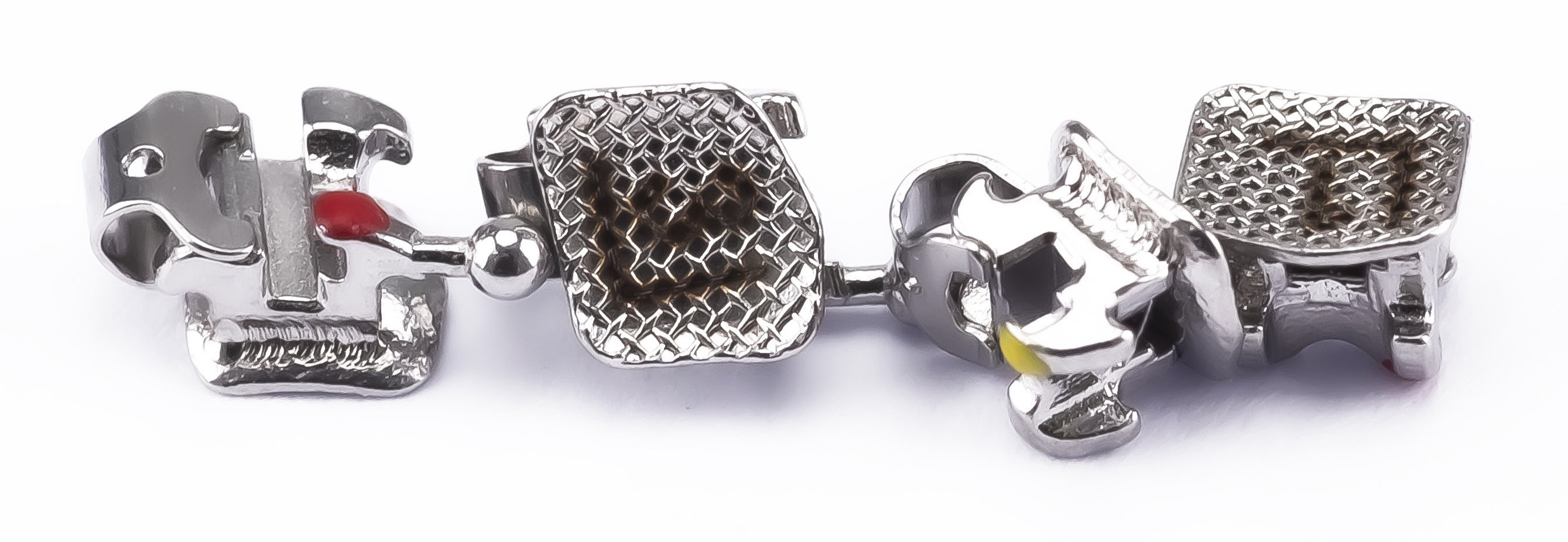Self ligating bracket orthodontic technology: efficient, comfortable, and precise, leading the new trend of dental correction
In recent years, with the continuous development of orthodontic technology, self-locking bracket correction systems have gradually become a popular choice for orthodontic patients due to their significant advantages. Compared with traditional metal brackets, self-locking brackets adopt innovative design concepts, which have outstanding performance in shortening the treatment period, improving comfort, and reducing the number of follow-up visits, and are increasingly favored by orthodontists and patients.
1. Higher orthodontic efficiency and shorter treatment time
Traditional brackets require the use of ligatures or rubber bands to fix the archwire, which results in high friction and affects the speed of tooth movement. And self-locking brackets use sliding cover plates or spring clips instead of ligation devices, greatly reducing frictional resistance and making tooth movement smoother. Clinical studies have shown that patients who use self-locking brackets can shorten the average correction cycle by 3-6 months, especially suitable for adult patients who want to accelerate the correction process or students with academic stress.
2. Improved comfort and reduced oral discomfort
The ligature wire of traditional brackets can easily irritate the oral mucosa, leading to ulcers and pain. The self-locking bracket structure is smoother, without the need for additional ligature components, significantly reducing friction on soft tissues and greatly improving wearing comfort. Many patients have reported that self-locking brackets have less foreign body sensation and a shorter adaptation period, especially suitable for people who are sensitive to pain.
3. Extended follow-up intervals to save time and costs
Due to the automatic locking mechanism of the self-locking bracket, the archwire fixation is more stable, making it easier for doctors to adjust during follow-up visits. Traditional brackets usually require a follow-up visit every 4 weeks, while self-locking brackets can extend the follow-up period to 6-8 weeks, reducing the number of times patients travel to and from the hospital, especially suitable for busy office workers or students studying outside the city.
4. Precise control of tooth movement, suitable for complex cases
The low friction design of self-locking brackets enables orthodontists to more accurately control the three-dimensional movement of teeth, especially suitable for complex cases such as tooth extraction correction, deep occlusion, and tooth crowding. In addition, some high-end self-locking brackets (such as active self-locking and passive self-locking) can adjust the force application method according to different correction stages to further improve the orthodontic effect.
5. Oral cleaning is more convenient and reduces the risk of tooth decay
The ligature wire of traditional brackets is prone to accumulating food residues, which increases the difficulty of cleaning. The self-locking bracket structure is simple, reducing cleaning dead corners, making it more convenient for patients to brush and use dental floss, and helping to reduce the incidence of gingivitis and tooth decay.
At present, self-locking bracket technology has been widely used both domestically and internationally, becoming an important choice for modern orthodontics. Experts suggest that patients should consult a professional orthodontist before orthodontic treatment and choose the most suitable treatment plan based on their own dental condition to achieve the best results. With the continuous optimization of technology, self-locking brackets are expected to bring more efficient and comfortable correction experiences to more patients in the future.
Post time: Jun-20-2025



